
That Ernest Hemingway was, for years, the most celebrated writer in America is hardly surprising. After all, if he had written nothing besides, say, The Sun Also Rises, the early collection, In Our Time, and the superlative “The Short Happy Life of Francis Macomber,” he would still be an indispensable American writer. The preposterous literary myth that Hemingway himself created and nurtured, meanwhile—that of the brawling, hard-drinking, thrill-seeking sportsman who is also an uncompromising, soulful artist—ensured that generations of writers would not merely revere him, but (often to their abiding detriment) would also try to emulate him.
And yet most readers, when pressed, might name a slew of other authors, living and dead (Faulkner, Bellow, Cormac McCarthy) who, across the years, crafted more varied and more consistently excellent work than Hemingway’s.
So . . . despite what countless acolytes might claim, Hemingway was not the greatest American writer of the 20th century. He was, however—and more than five decades after his death, he remains—the single most influential, most parodied, most prominent, most immense American author of the past 100 years.
Incredibly, one of Hemingway’s most highly regarded novels, the short masterpiece, The Old Man and the Sea, was first published, in its entirety, in a single issue of LIFE magazine in September 1952.
At the time, Hemingway was—if we might employ an apt metaphor for a man who fairly worshiped machismo—the heavyweight champ of American letters. Even if his productivity had waned, and even if the searing brilliance that defined seemingly every story and novel of his early years had, by 1952, been reduced to an occasional flare of the old genius, “Papa” was still a cultural force to be reckoned with.
(A mere two years before, John O’Hara, in a New York Times review of the novel, Across the River and Into the Trees, had gone a bit overboard, calling Hemingway “the most important author living today, the outstanding author since the death of Shakespeare.” But such was the shadow he cast.)
Warranted or not, the hubbub that attended Hemingway turned any new story or, better yet, new book into a publishing event; the Old Man and the Sea LIFE issue, to absolutely no one’s surprise, was an enormous success, selling millions of newsstand copies in a matter of days. The novel itself earned Hemingway his first and only Pulitzer Prize for fiction, and remains among his most widely read works.
And yet, as anyone who has indulged an even casual interest in his career knows, by the early 1950s Hemingway’ private world was one increasingly defined not by protean artistic achievements, but by rivers of booze; bewilderment at his own diminishing powers as a writer; depression and even rage at his failing, once-indomitable health—in short, by a host of personal, relentless demons. The larger-than-life figure who prized “grace under pressure” above all other attributes was besieged; in less than a decade, his demons would drive him to suicide by shotgun.
All of this helps explain why, when LIFE’s Alfred Eisensstaedt went to Cuba to photograph Hemingway for the September 1952 issue, he encountered not a gracious, if perhaps prickly, fellow artist and man of letters, but a thoroughly disagreeable, paranoid, booze-sodden lunatic.
Eisenstaedt was able, eventually, to capture a few usable images of the middle-aged man who was soon be awarded the Nobel Prize for Literature. His cover photo of Hemingway, in fact, is something of a classic: a riveting portrait of a no-longer-young, still-formidable literary lion.
But the experience of trying to photograph the 52-year-old writer, as Eisenstaedt recalled years later in an interview with historian Alex Groner, was a stressful and at times even frightening misadventure.
Hemingway, Eisenstaedt wonderingly noted, drank from the moment he awoke until the time he went to bed, with a lackey constantly plying him with booze; obsessed over his virility (sometimes literally pounding his chest, “like King Kong,” to illustrate that, while perhaps diminished, he was still a man to whom attention must be paid); erupted into violent rages over minor slights, both real and imagined; rarely spoke a sentence, to anyone, that wasn’t peppered with obscenities; and generally behaved like a buffoon.
Words and phrases that crop up repeatedly in Eisenstaedt’s reminiscences include “crazy,” “berserk,” “wild,” “insulting,” “drunk,” and “blue in the face.” Eisenstaedt found very few moments when he could take—or when Hemingway would allow him to take—usable photos. More than once, the gregarious, easy-going Eisie, who by all accounts got along famously with virtually everyone he met, went off by himself to photograph quieter scenes on the island, hoping the writer might calm down enough so that he might make a few worthwhile pictures.
“He was,” Eisenstaedt once said of Hemingway, “the most difficult man I ever photographed.” Coming from a man who was a professional photographer across seven decades—someone who photographed presidents, emperors, socially awkward scientists, testy athletes, egomaniac actors, insecure actresses and once, famously, a scowling and goblin-like Nazi minister of propaganda, Joseph Goebbels—coming from Eisenstaedt, that bald assertion about Hemingway is striking, and sadly revealing. And it’s especially sad in light of the effort that Eisenstaedt evidently put into trying to like Hemingway.
Throughout his interview with Groner, for example, Eisenstaedt repeatedly, almost wistfully, refers to the man he went to Cuba to photograph—the man who thwarted his efforts at almost every turn—as “Papa.” It’s almost as if, years later, recounting his tumultuous dealings with the author, Eisenstaedt refers to Hemingway by his famous, companionable nickname in the vain hope of summoning something about the man that he can recall with fondness.
Ernest Hemingway was a major writer. Not everything he wrote was great; but some of what he wrote was as good as anything ever written by an American, and a handful of his works are, by common assent, vital and groundbreaking landmarks in world literature.
This gallery serves as both a tribute to Hemingway’s achievements, and a reminder of the haunting truth that when they fall, great men fall very, very far indeed.
Liz Ronk, who edited this gallery, is the Photo Editor for LIFE.com. Follow her on Twitter @lizabethronk.
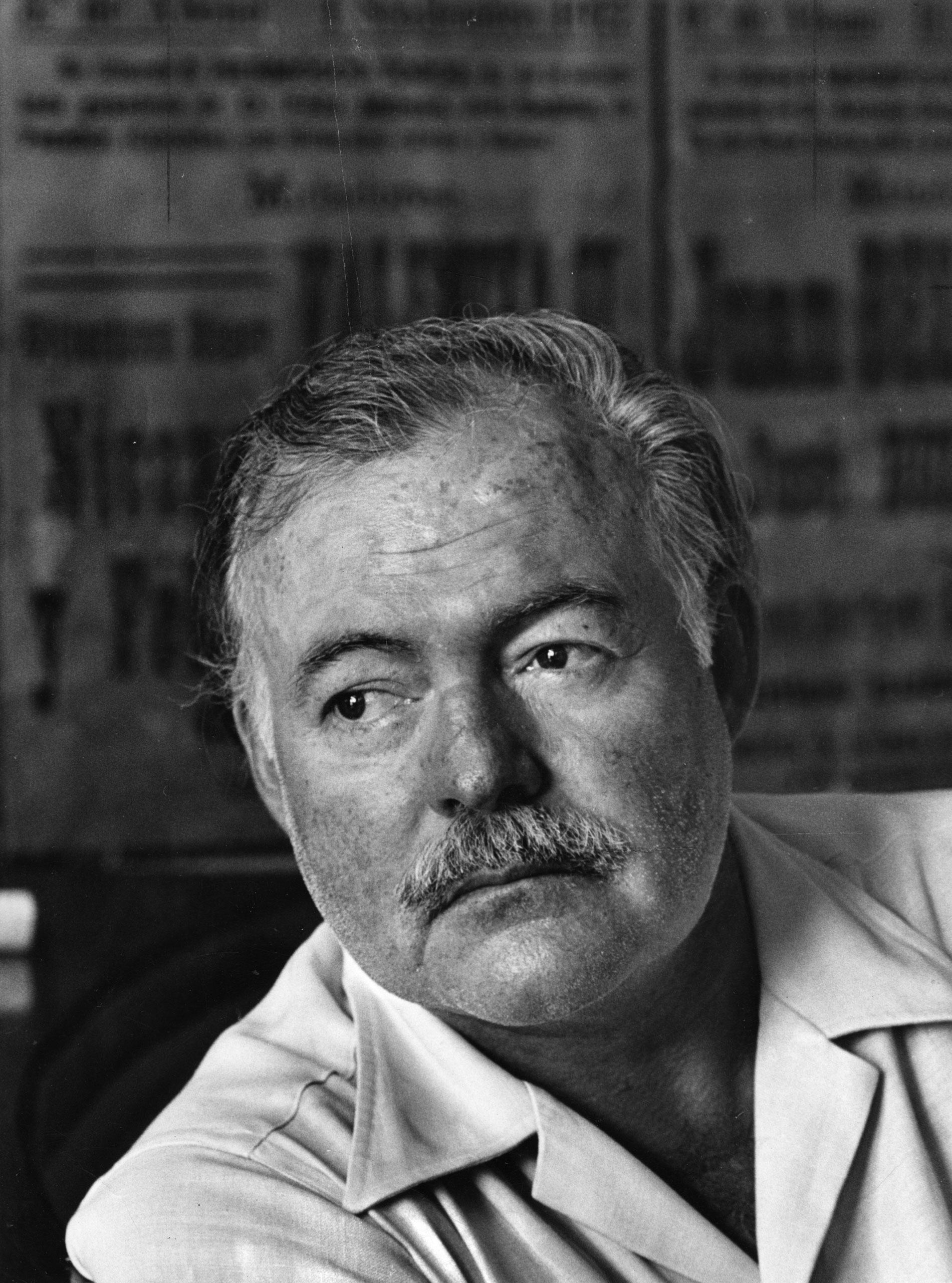
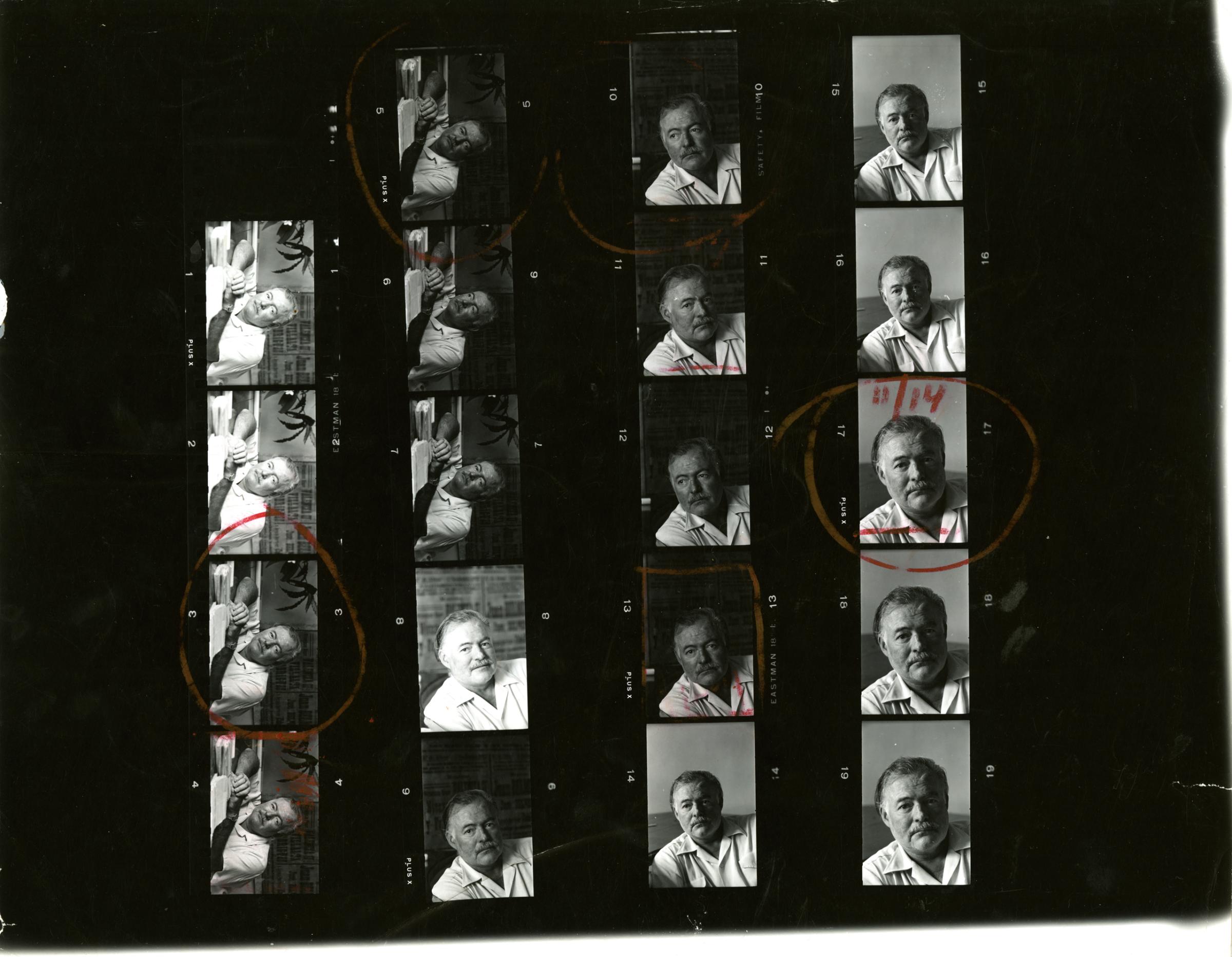
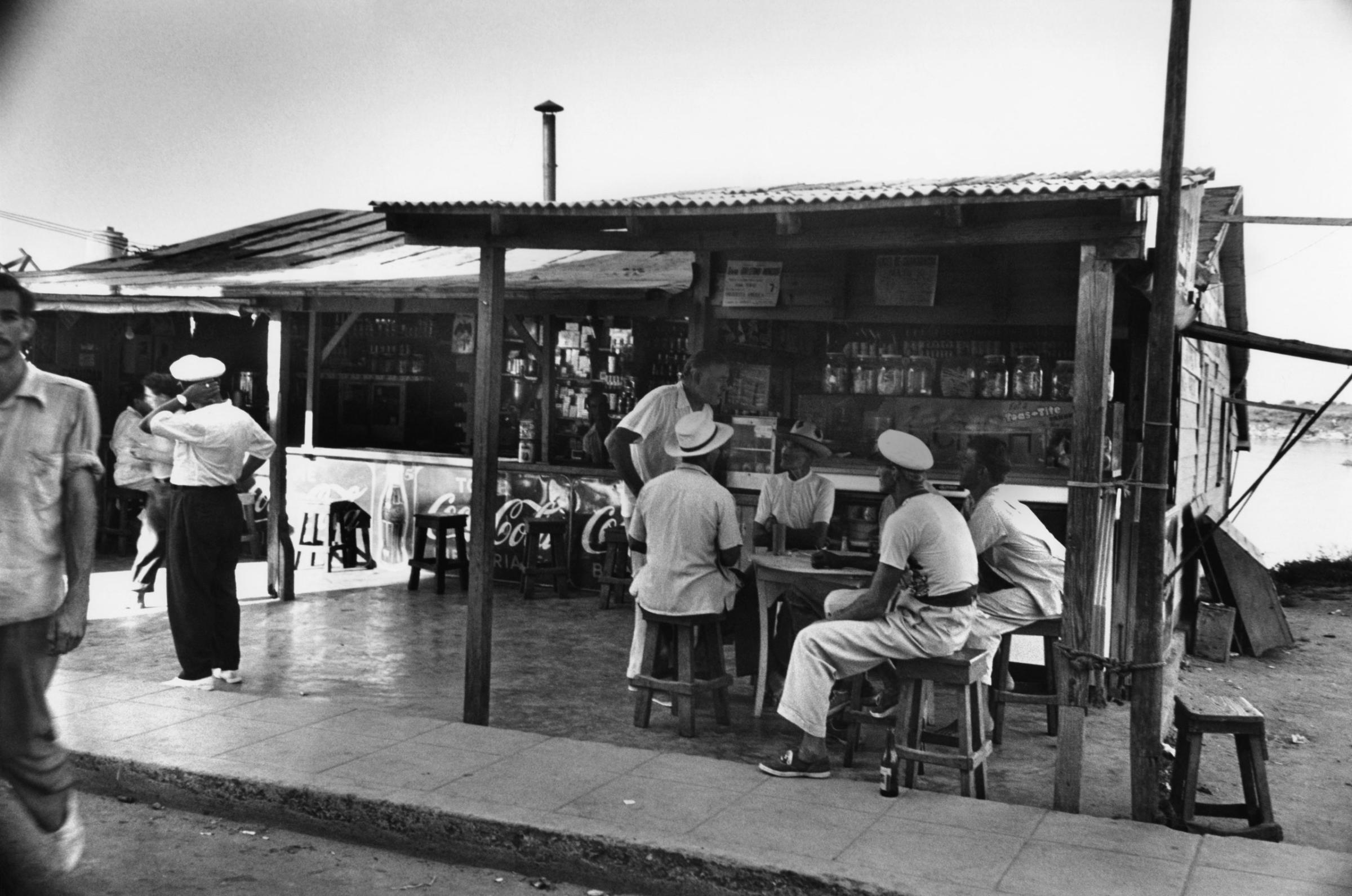
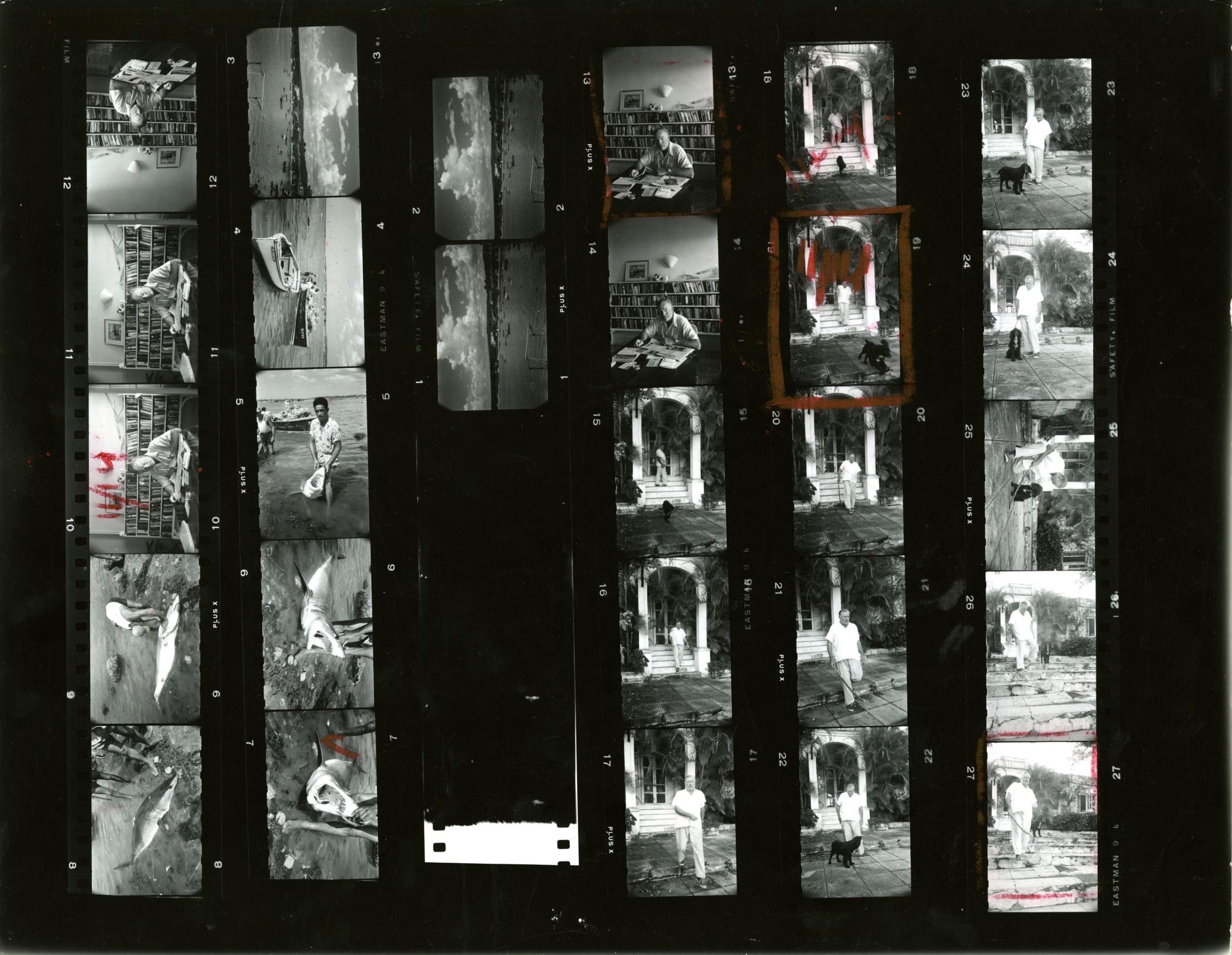
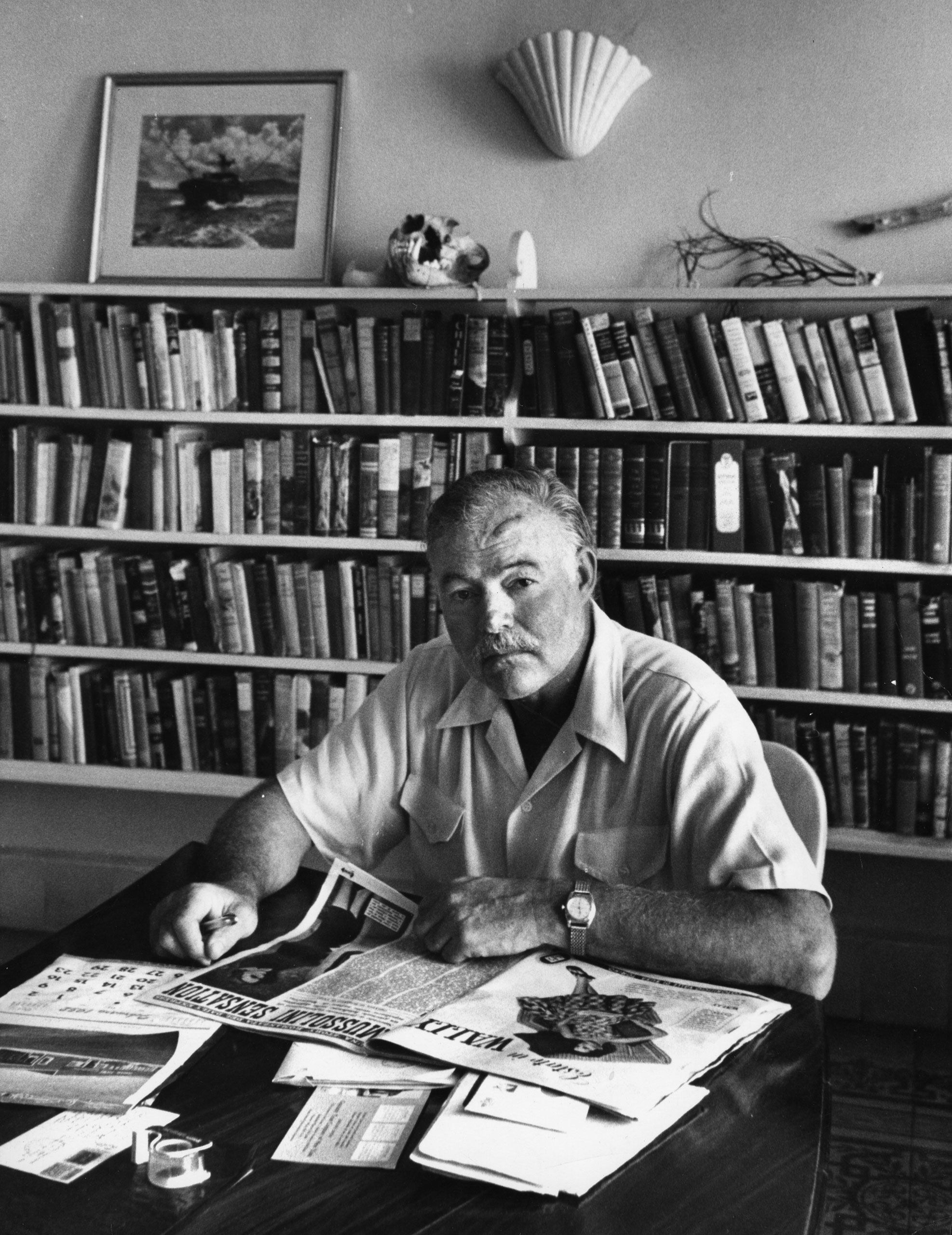

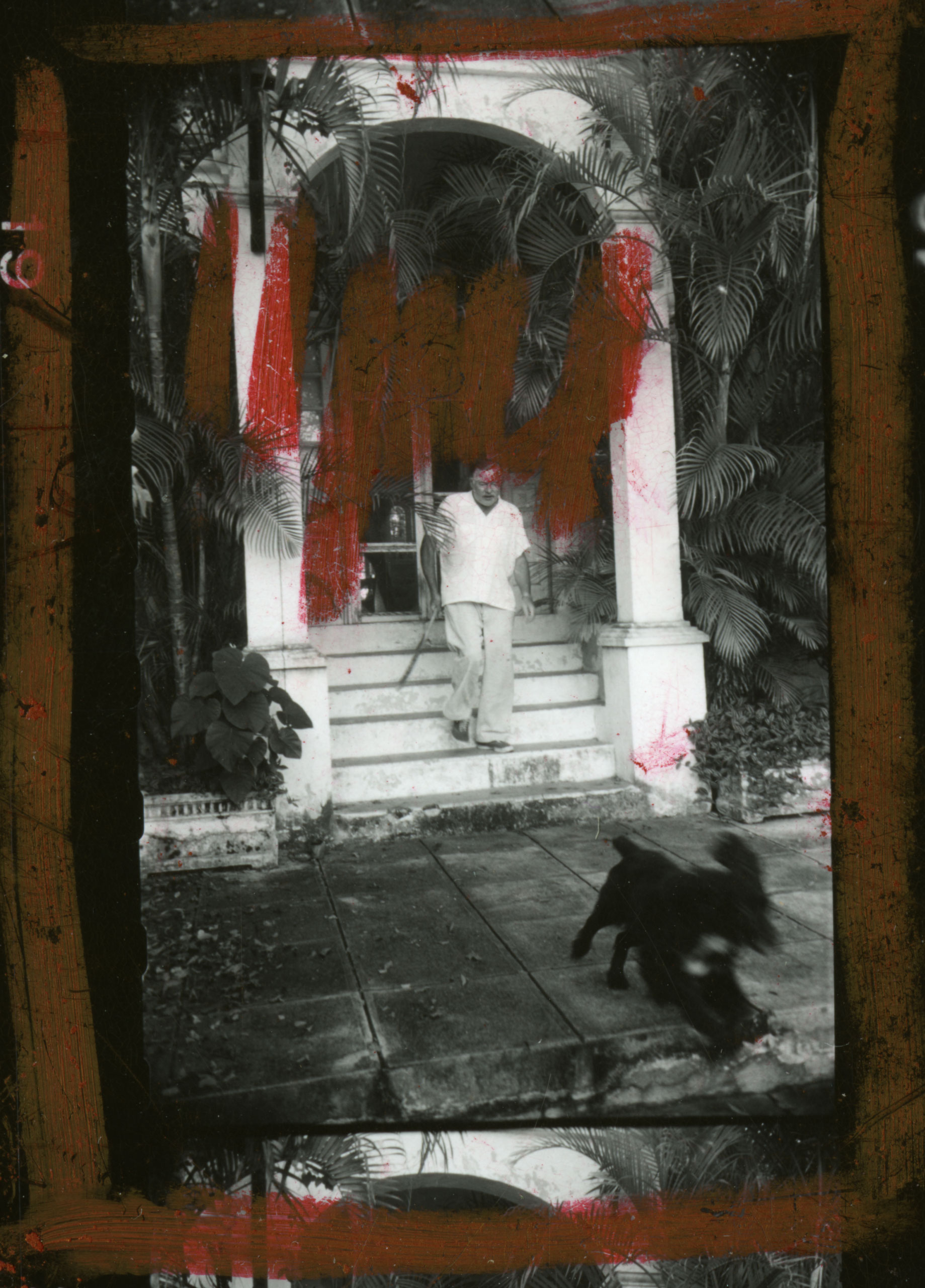

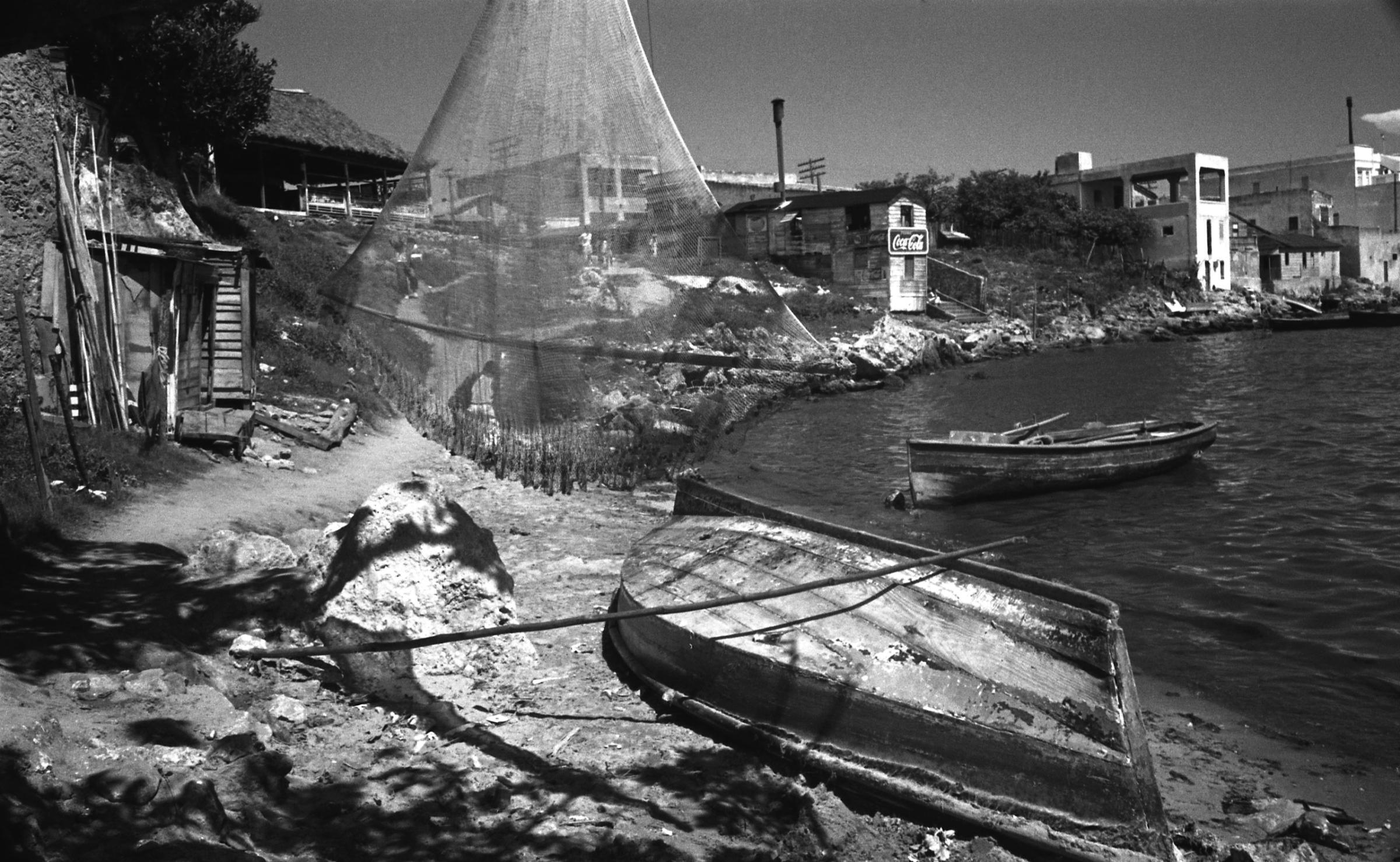
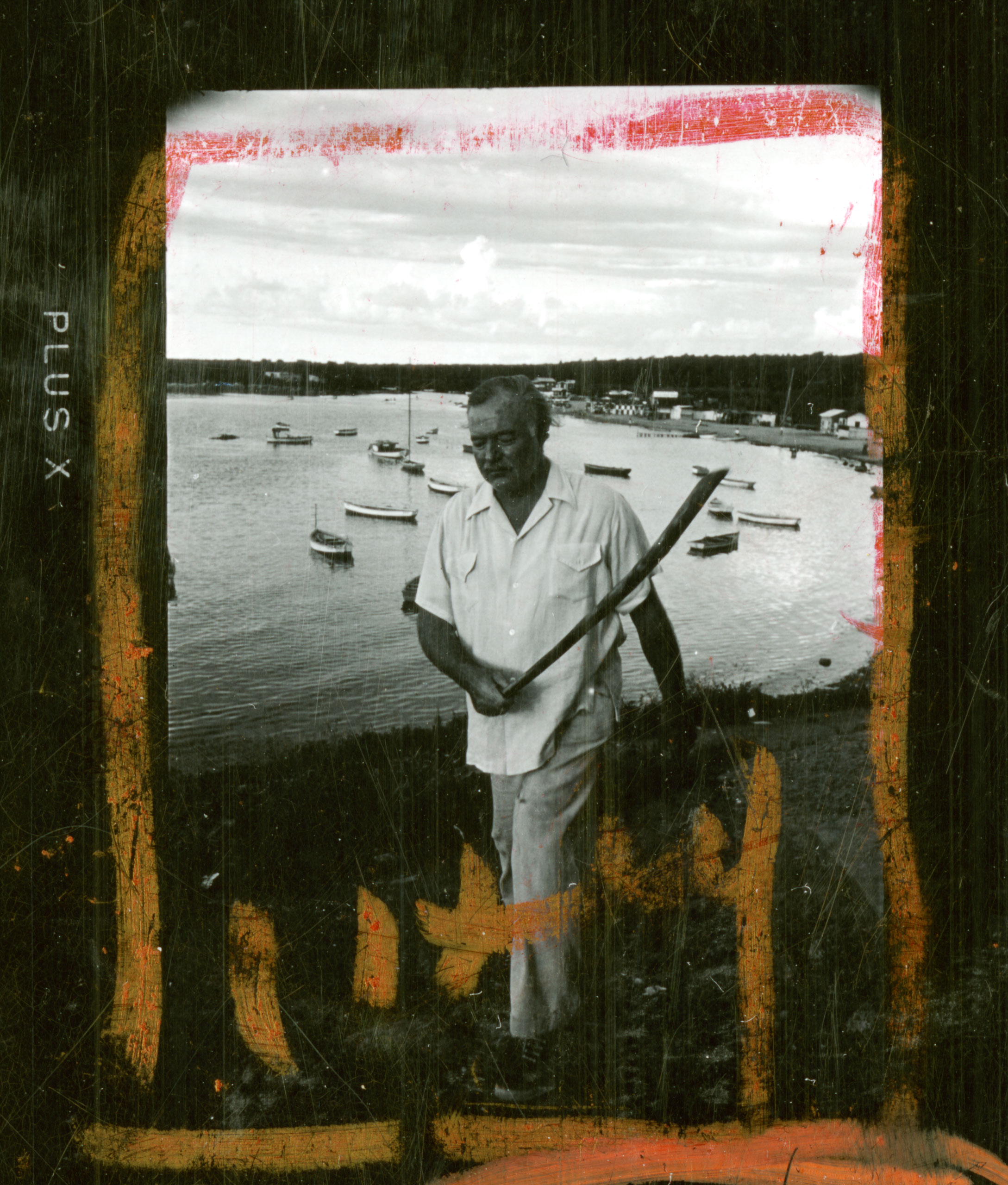
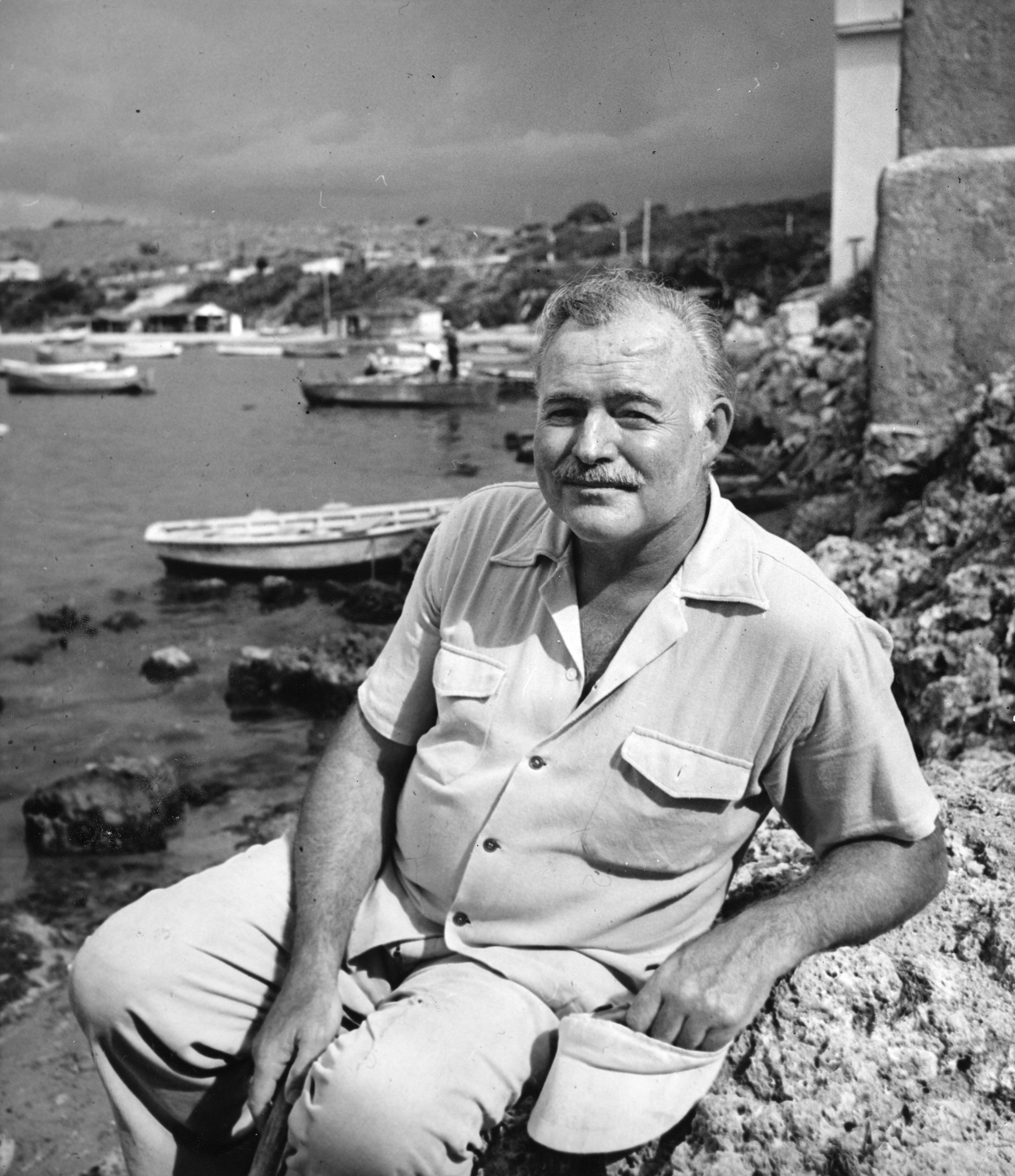
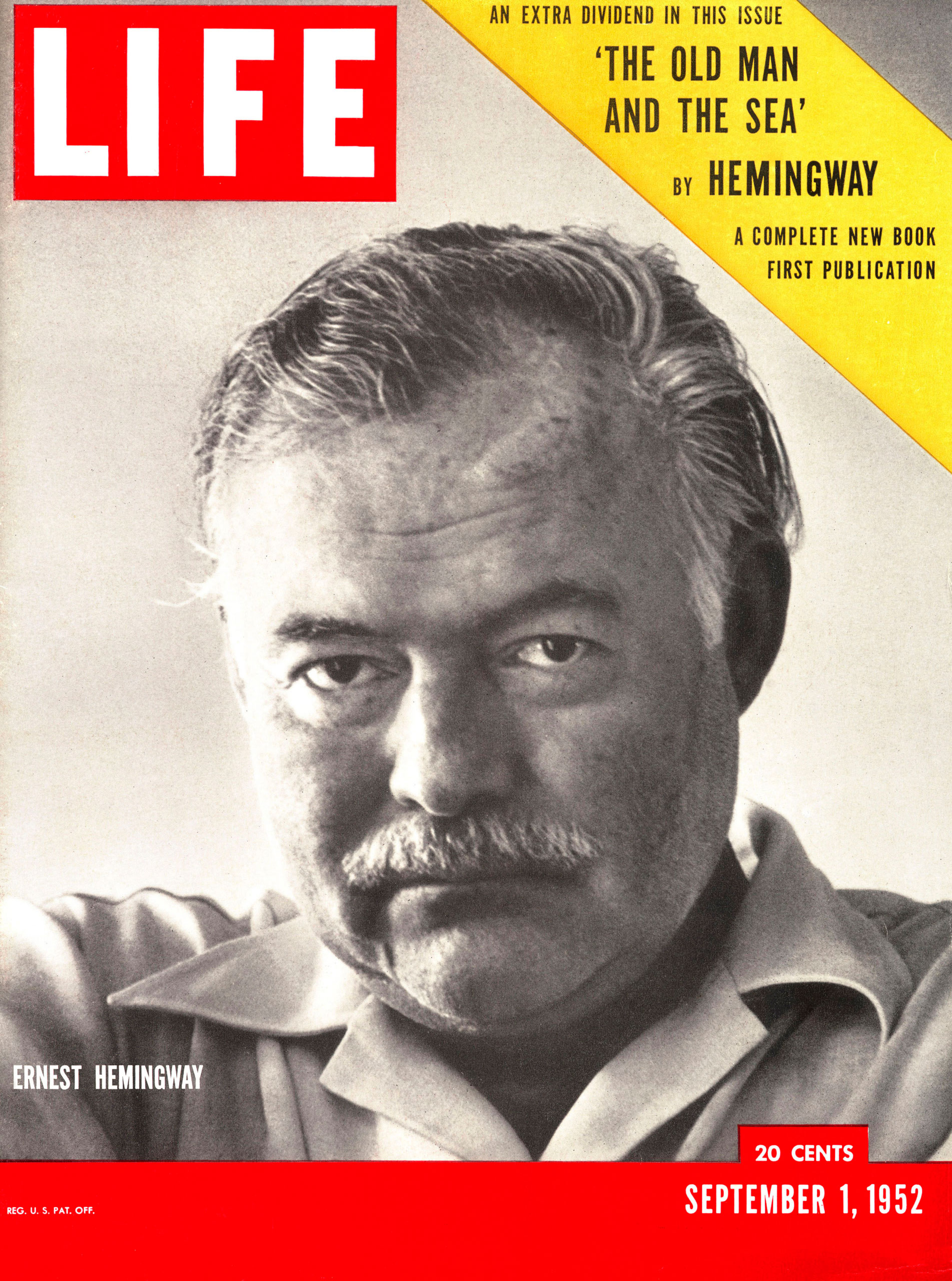
More Must-Reads from TIME
- Donald Trump Is TIME's 2024 Person of the Year
- Why We Chose Trump as Person of the Year
- Is Intermittent Fasting Good or Bad for You?
- The 100 Must-Read Books of 2024
- The 20 Best Christmas TV Episodes
- Column: If Optimism Feels Ridiculous Now, Try Hope
- The Future of Climate Action Is Trade Policy
- Merle Bombardieri Is Helping People Make the Baby Decision
Contact us at letters@time.com